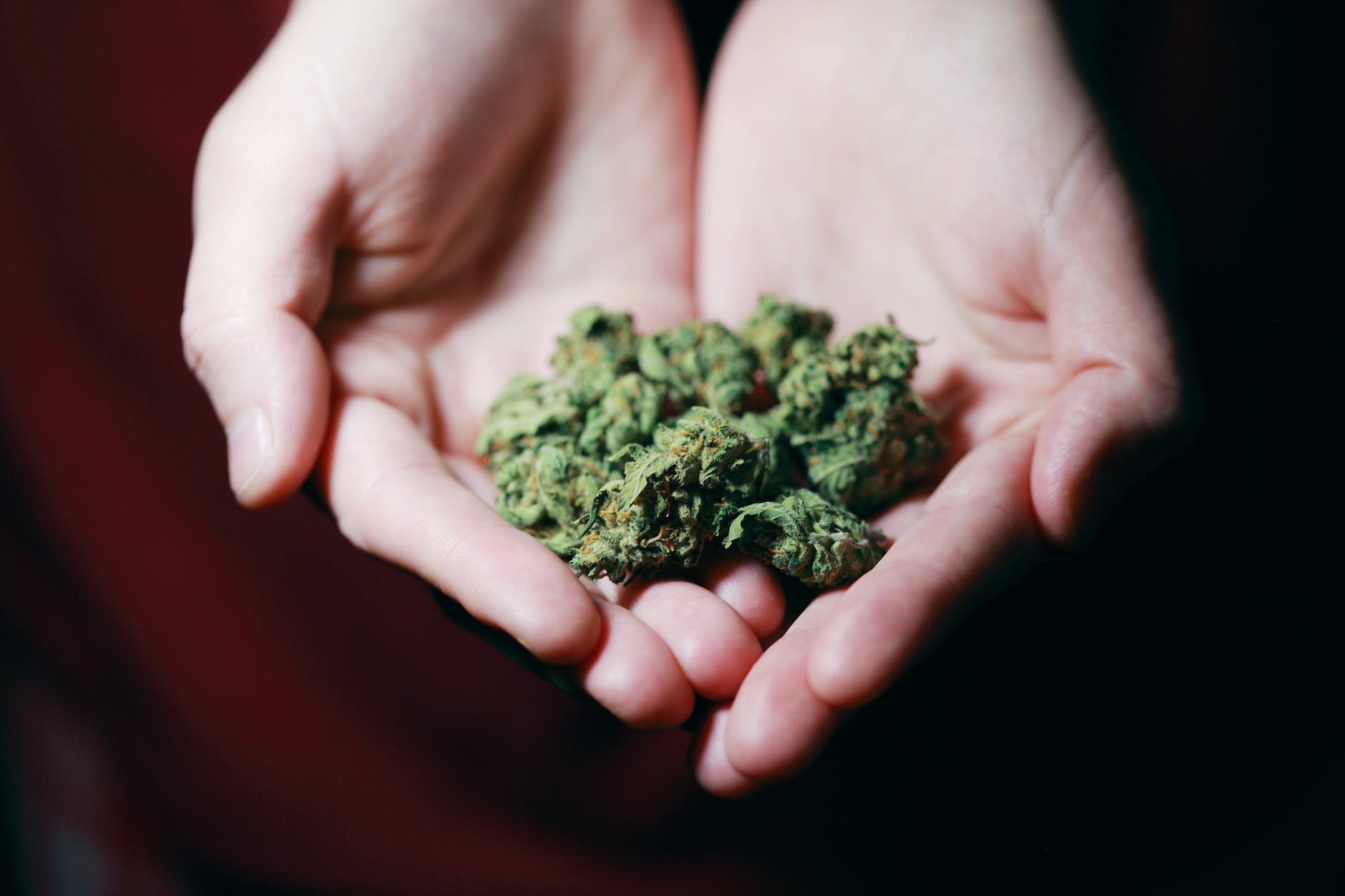Your cart is currently empty!
FAQ about Cannabidiol

These Facts are taken from Norml
Facts About CBD and Hemp.
Some quick Facts about Cannabidiol, commonly referred to as CBD, is one of over 100 distinct cannabinoids found in the cannabis plant. Like the other cannabinoids, CBD is most prominently found in the resinous portions of the cannabis flower.
Hemp refers to the non-psychoactive varieties of Cannabis grown by farmers throughout the world for agricultural and industrial purposes. Hemp is one of nature’s strongest and most versatile agricultural crops and has many commercial uses. Various parts of the plant may be utilized for making paper, textiles, cosmetics, paints, clothing, foodstuffs, insulation, and animal feed. It produces a much higher yield per acre than substitutes such as wood pulp and cotton and requires virtually no pesticides. Farmers in over 30 countries-including Canada, France, England, Germany, Japan, and Australia-commercially grow hemp for industrial purposes.
Federal lawmakers included language in the 2014 omnibus Farm Bill authorizing states to sponsor industrial hemp research through agricultural pilot programs, notwithstanding prohibitions under the Controlled Substances Act. This change in law allowed licensed U.S. farmers to legally grow hemp for the first time since World War II.
After four years of research, the 2018 omnibus Farm Bill fully descheduled commercial hemp production in the United States, removing “hemp” and “tetrahydrocannabinols in hemp” from the Controlled Substances Act. The Hemp Production Program is regulated by the United States Department of Agriculture. States and Tribal governments can now apply to have their commercial industrial hemp programs approved by the USDA and cultivators would require a permit.
Hemp is defined in U.S. federal law as “the plant Cannabis sativa L. and any part of that plant, including the seeds thereof and all derivatives, extracts, cannabinoids, isomers, acids, salts, and salts of isomers, whether growing or not, with a delta- 9 tetrahydrocannabinol concentration of not more than 0.3 percent on a dry weight basis.”
Did the 2018 Farm Bill change the legal status of CBD under federal law?
Provisions of the 2018 Farm Bill amended the federal Controlled Substances Act of 1970 so that hemp plants containing no more than 0.3 percent THC are no longer classified as a schedule I controlled substance under federal law. The Act also broadens the definition of „hemp‟ (Section 297A) to include “any part of the plant, including …. extracts [or] cannabinoids that do not possess greater than 0.3 percent THC on a dry weight basis.”. United States Agriculture Secretary Sonny Perdue has pledged to release guidelines and regulations for overseeing commercial hemp production prior to the 2020 planting season.
However, at present, the FDA asserts: “[N]othing in the Act overrides the authority of the US Food and Drug Administration “to regulate products containing cannabis or cannabis-derived compounds under the Federal Food, Drug, and Cosmetic Act (FD&C Act) and section 351 of the Public Health Service Act.” The agency further states: “Additionally, it‟s unlawful under the FD&C Act to introduce food containing added CBD or THC into interstate commerce, or to market CBD or THC products as, or in, dietary supplements, regardless of whether the substances are hemp-derived.
The FDA is currently in the process of putting together a working group to address regulating CBD-infused products, and it held its first public hearing on the issue on May 31, 2019. (Read NORML‟s testimony to FDA.) Previous FDA director Scott Gottlieb testified to Congress that it could take up to four years for the FDA to create a regulatory pathway for the retail sale of CBD-infused food products or health food supplements. The FDA has posted a Frequently Asked Questions page, entitled, „FDA Regulation of Cannabis and Cannabis-Derived Products: Questions and Answers.‟
Is traditional hemp a viable source for CBD? This absence of data has
lead some experts to question the viability of traditional hemp plants as efficient sources of CBD extraction as compared to traditional (wide leaf drug type) cannabis plants. Most recently, an analysis by researchers at the University of Minnesota concluded that high-CBD, low-THC crops are genetically related to traditional cannabis, not traditional hemp.
